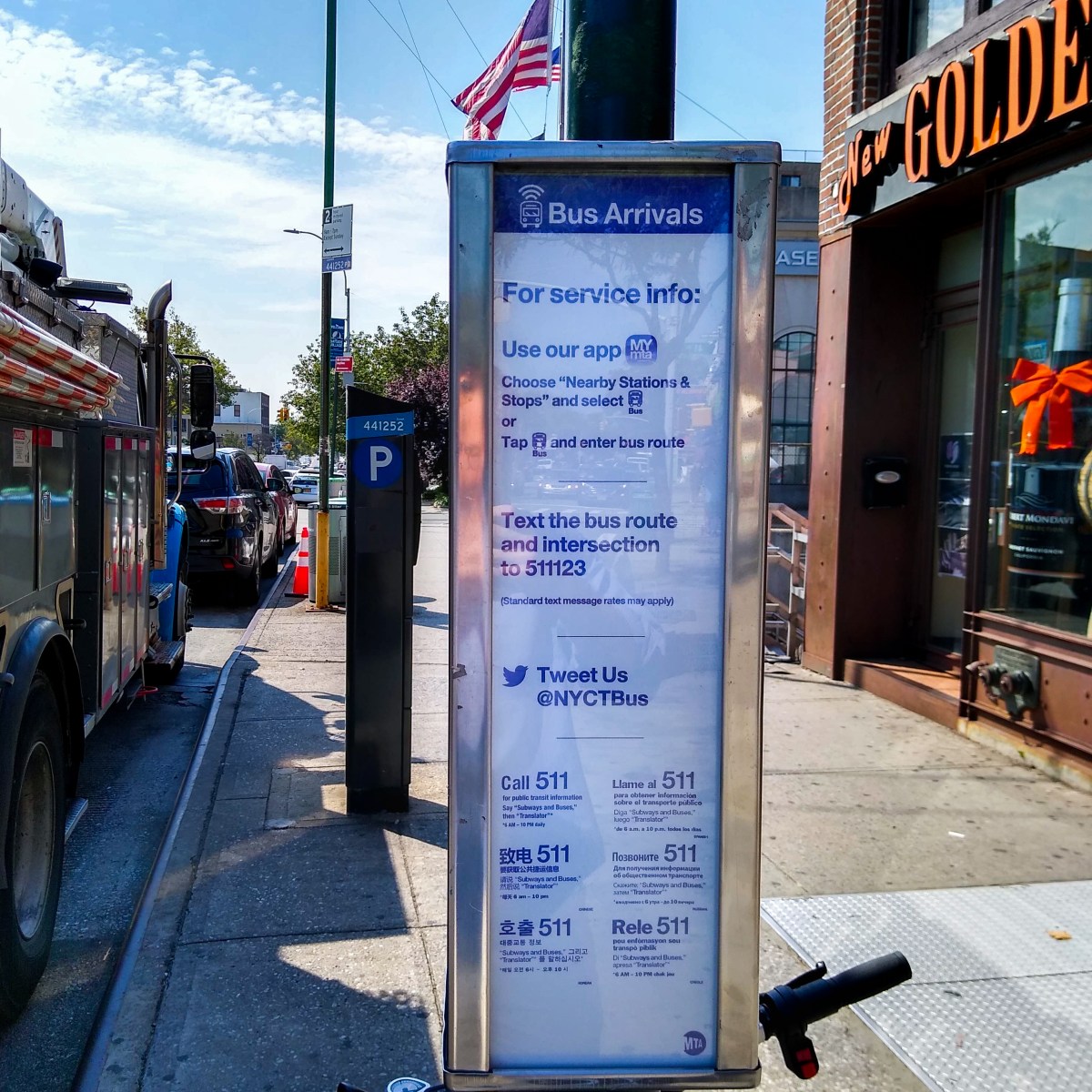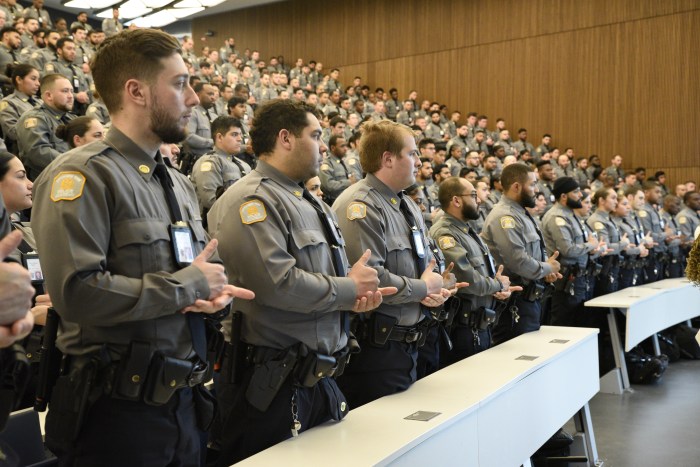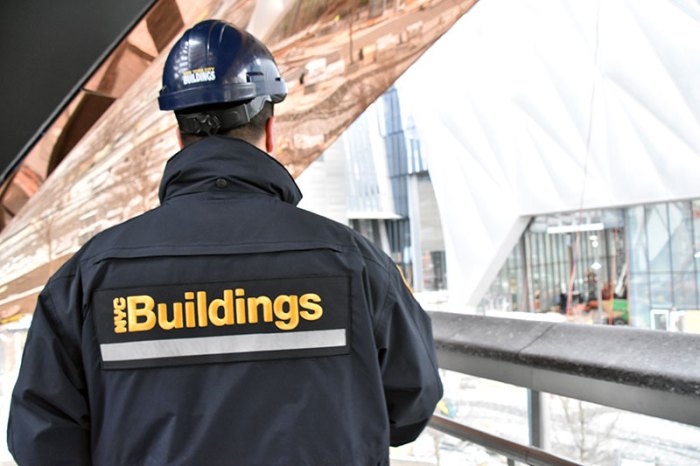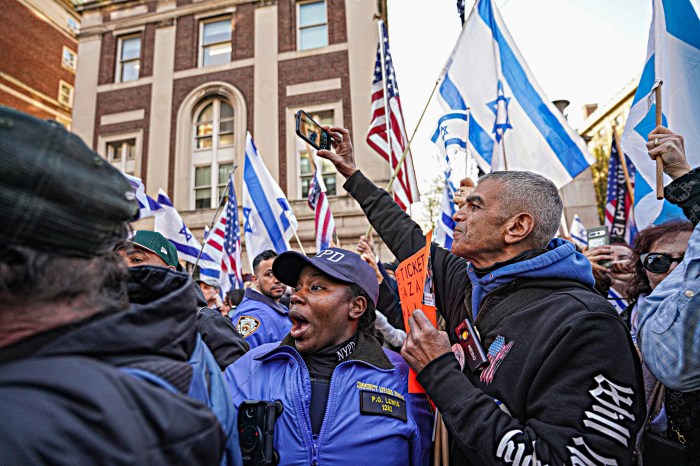The Metropolitan Transit Authority’s (MTA) decision to get rid of printed arrival schedules buses across the city has incurred the ire of Queens politicians.
After the MTA began removing the printed schedules in July in order to save an estimated $550,000 and modernize its system, 16 Queens lawmakers signed a letter a the beginning of August attacking this policy as disproportionately affecting low-income and senior New Yorkers who may not have access to a cellphone or smartphone.
“Replacing bus schedules with only a notice that commuters may text MTA or call 511 for an updated schedule does not help those riders without access to a charged cellphone, especially our senior citizens, low-income New Yorkers, and event tourists,” wrote Councilman Peter Koo, who penned the letter.
In lieu of the arrival schedules, the MTA has printed placards that give directions on how to get arrival information by using a smartphone from the MYmta app, texting their route and intersection, calling 511 or tweeting at the @NYCTBus account. In July the agency changes the signage on 83 bus routes across the city.
The MTA argued that its decision follows other transit systems across the country who have already gone paperless, as a result of high rates of cellphone and smartphone usage. The last time the NYC Department of Consumer Affairs commissioned a mobile services study in 2015, it found that about 96 percent of New Yorkers own a cellphone and 79 percent own a smartphone.
The change originated from the MTA’s efforts to update bus schedules across the city. The agency stated that replacing the printed materials every time a route is affected is and expensive and time-consuming process.
“Moving to paperless schedules helps reduce our paper waste and makes the most of new technology that puts real-time information in customers’ hands whenever they need it. The $550,000 in recurring annual savings from this initiative allows NYC Transit to redirect our resources to maintaining bus service levels,” MTA NYC Transit Chief Customer Officer Sarah Meyer said.
But cost efficiency isn’t the complete motivation for the MTA’s decision.
Another part of the MTA’s reasoning stems from the challenges that buses have keeping up with the timeframe set by the printed materials. A response from the @NYCTBus Twitter indicates that traffic has become so erratic that a regular time schedule for buses is simply not realistic.
“We made this change because we’ve found that our real-time data is much more reliable than schedule data, especially with traffic conditions delaying buses and our dispatchers making schedule adjustments in real-time to even out waits,” @NYCTBus account has tweeted to several customers who inquired about the changes.
Koo closed his letter with a call on the MTA to reconsider this policy and replace the fliers at all bus stops in the city. The MTA has not yet responded to Koo’s request.
































